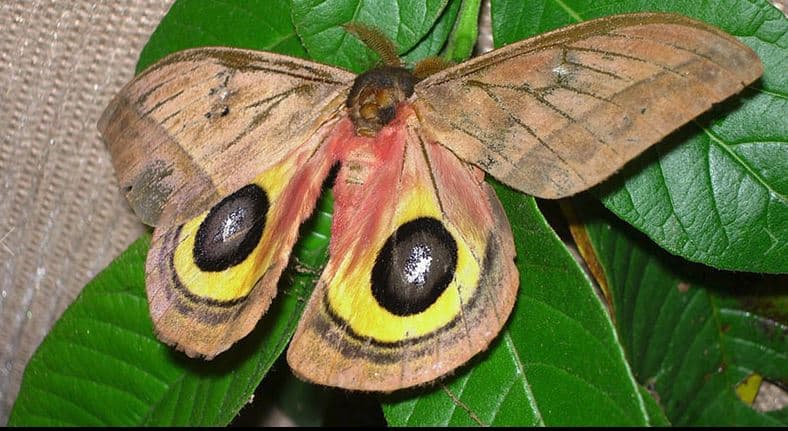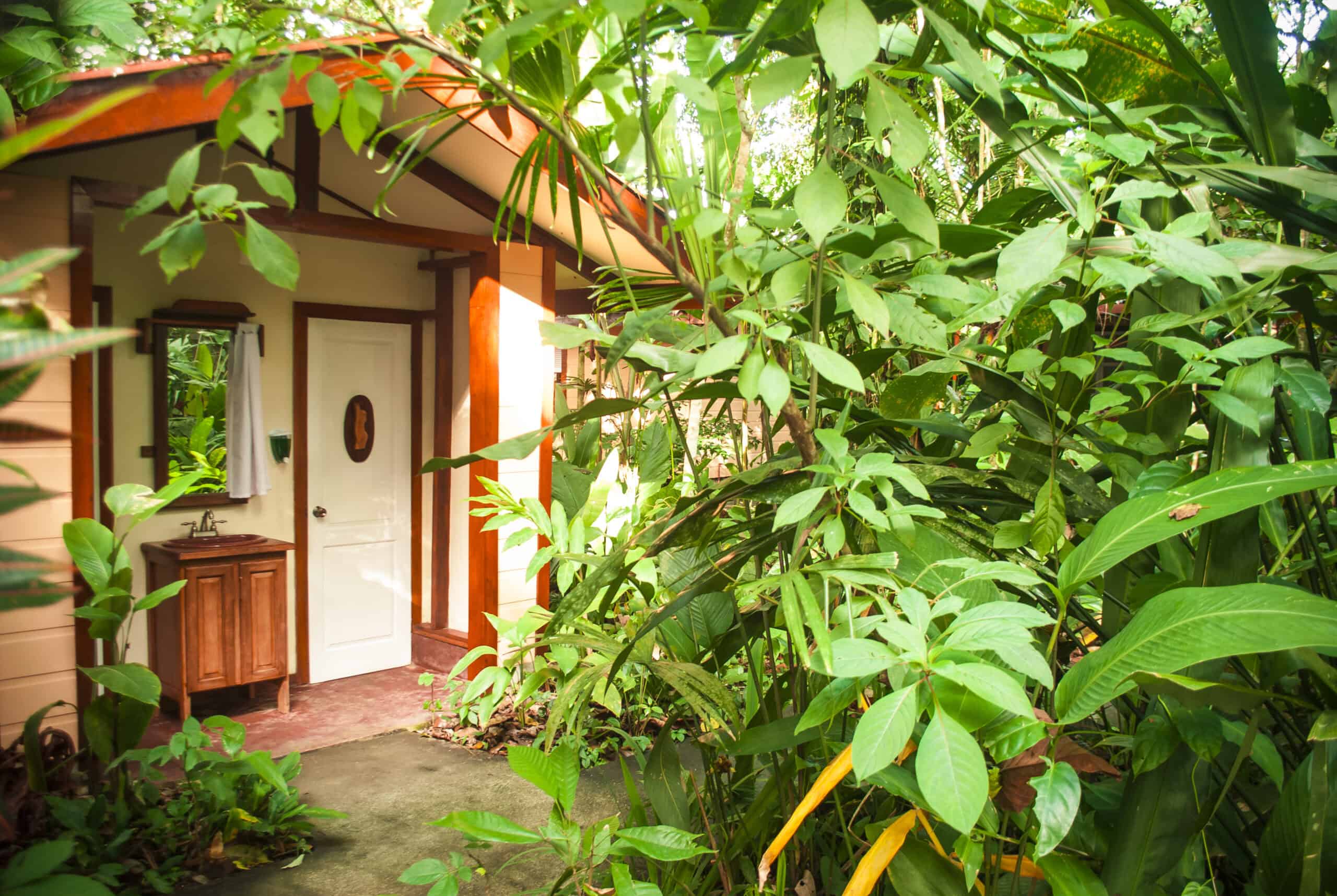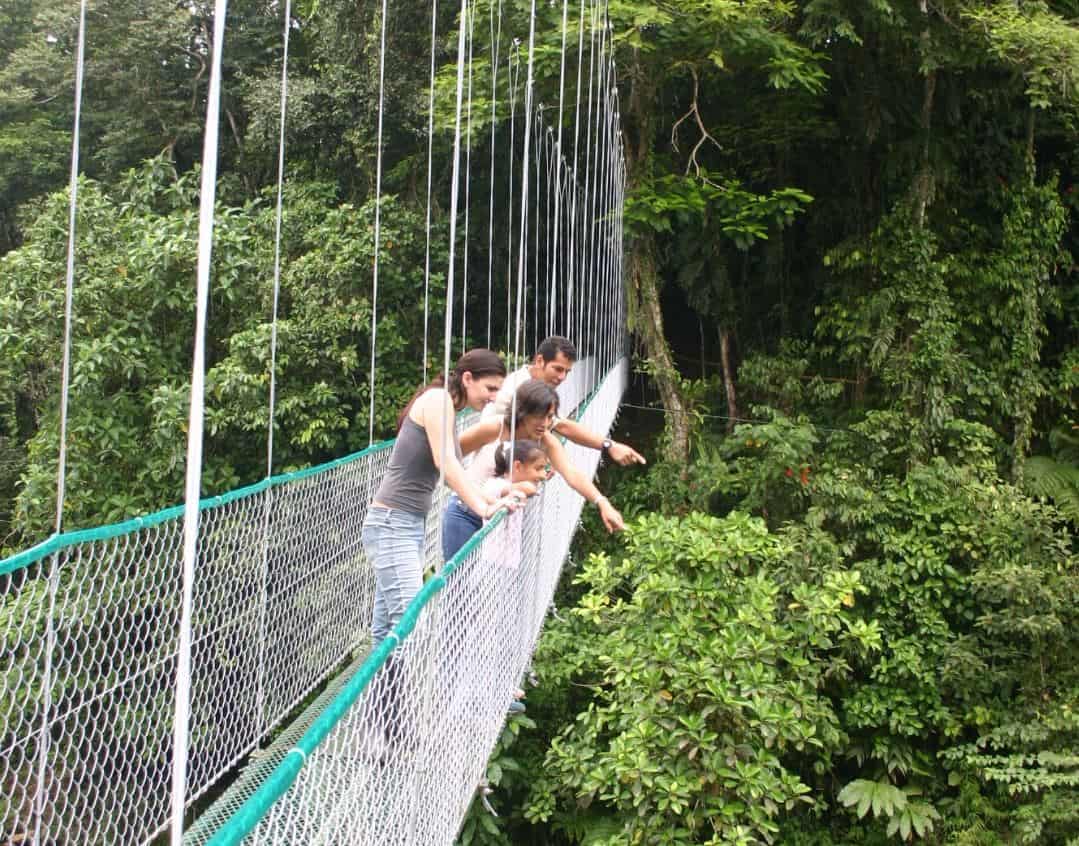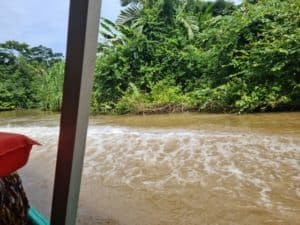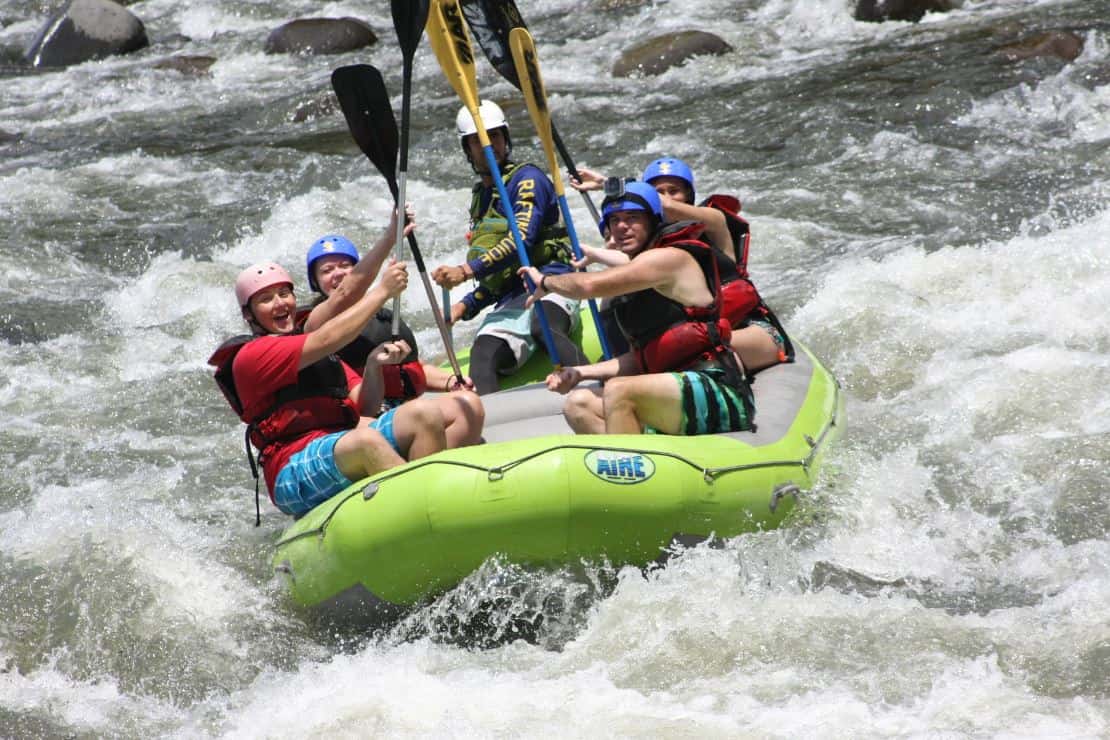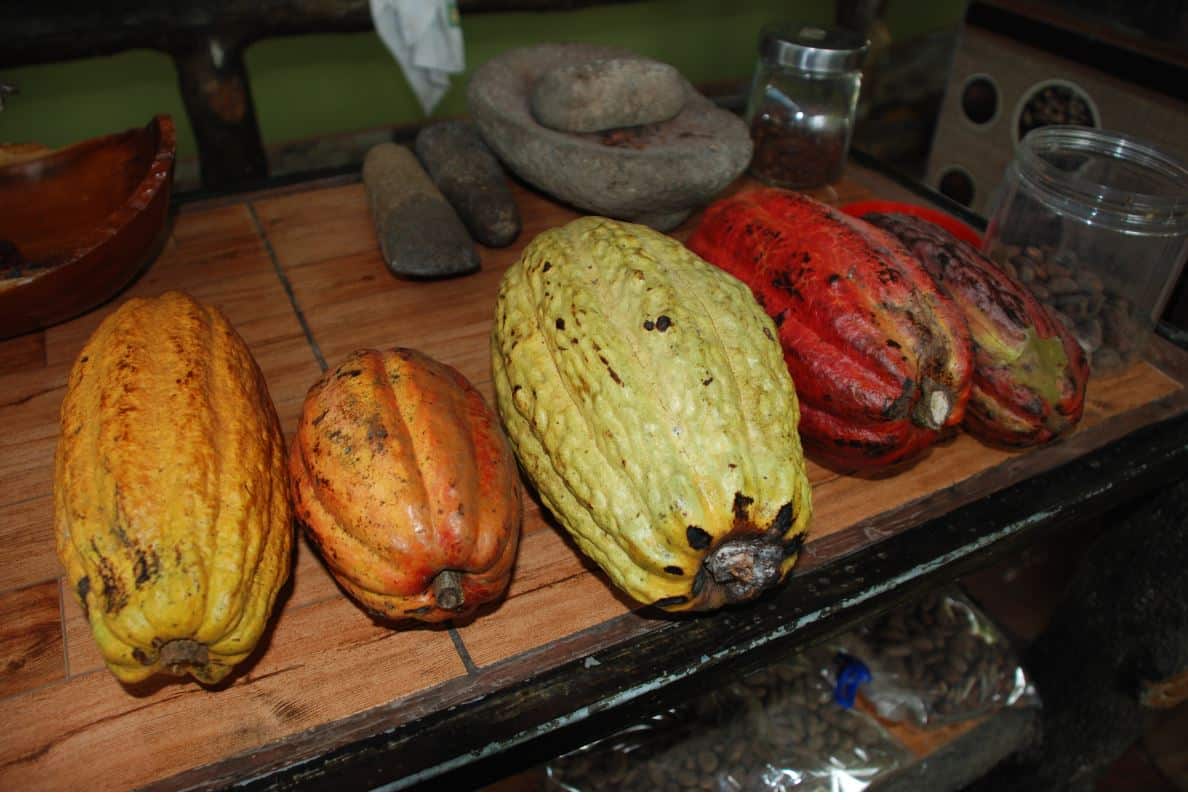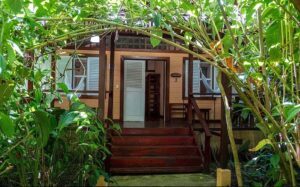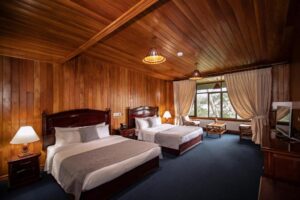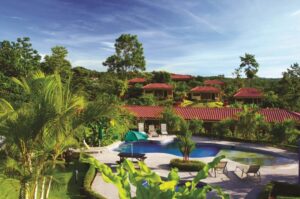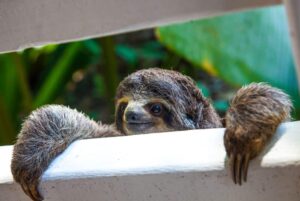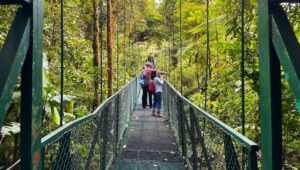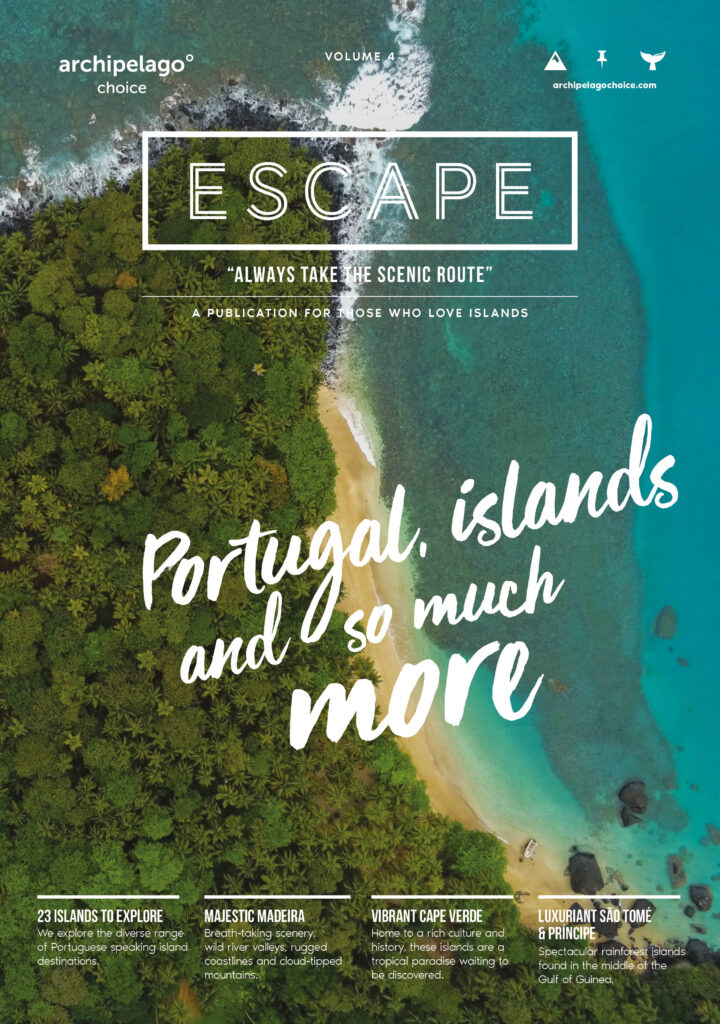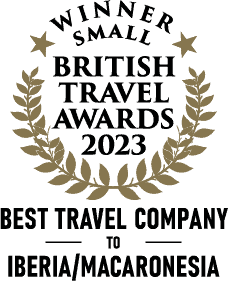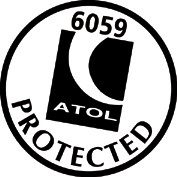The Details
More Caribbean than Costa Rican, life in Puerto Viejo de Talamanca is a lot slower and more laidback than in the rest of the country. A lively place in the evenings, during the day you can visit its tropical white sandy beaches, Cahuita National Park, Talamanca Indian Reserve or the Gandoca Manzanillo Wildlife Refuge.
Another little-known place we have included on this trip is Sarapiqui, located in an area where several large rivers converge. Surrounded by farmland and protected tropical forests, it’s the perfect place for keen birdwatchers and those interested in a variety of outdoor activities.
Using shared shuttle transfers (although we can also craft this as a self-drive trip), you’ll then journey via well-known National Parks, like Arenal and Monteverde, from one side of the country to the other.
On the northern Pacific coast, Playa Carillo is smaller and quieter than neighbouring Samara. Here you’ll find empty shores lined with palm trees and again plenty of water activities (or rest and relaxation) in its calm bay, before you head back to San Jose.
